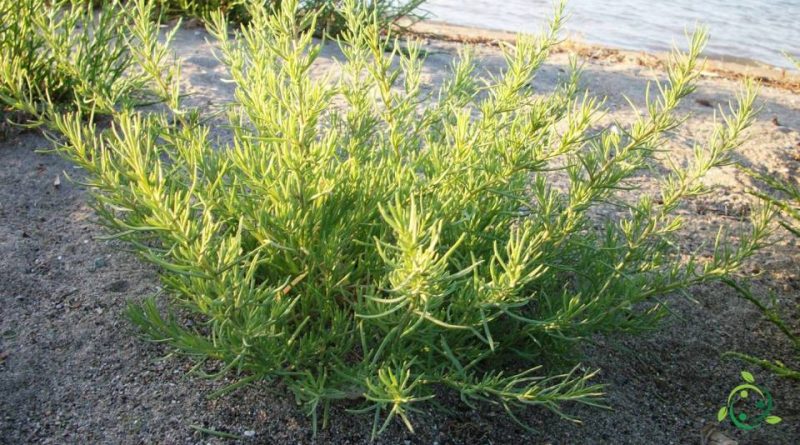Nutritional value of the opposite-leaved saltwort
Nutritional value of the opposite-leaved saltwort
The opposite-leaved saltwort (Salsola soda L., 1753) or agretti is a small, annual plant of the Chenopodiaceae family, with succulent leaves and stem. It is a halophyte plant, and as such it requires soils rich in salt; it usually grows in coastal areas and is native to the Mediterranean basin. Their life cycle is annual and they are available on the market in the spring and early summer.
Characteristics –
The opposite-leaved saltwort is a plant with multiple uses; it is edible and is therefore widely used in cooking and was also used in the past as an important source of soda (sodium carbonate), which was extracted from its ashes after combustion.
The leaves and stems of this plant are edible, mainly the young seedlings and shoots, and it is widely used in cooking. The plant is mainly used in the Mediterranean diet, and in particular in Italy and Spain (where it is known as barrilla). It is also widespread in Anglo-Saxon cuisine, where it is called with the Italian name of agretti.
Nutritional factsheet –
The opposite-leaved saltwort has several properties as it is rich in: potassium carotenes, vitamins C and B3 and above all calcium. It also contains good concentrations of calcium, vitamin A and small amounts of vitamin C and B vitamins.
Below are some nutritional values per 100g of raw Agretti and cooked Agretti, boiled without salt, respectively.
– Edible part 97.0%, 100.0%;
– Water 92.3g, 79.4g;
– Proteins 1.8g, 4.8g;
– Total Lipids 0.2g, 0.5g;
– Cholesterol 0.0mg, 0.0mg;
– Total Carbohydrates 2.2g, 5.6g;
– Soluble sugars, 2.2g, 5.6g;
– Dietary fiber 2.2g, 2.3g;
– Soluble fiber 0.38g, 0.41g;
– Insoluble fiber 1.85g, 1.88g;
– Energy 17.0kcal, 45.0kcal;
– Iron 1.2 mg;
– Calcium 131.0 mg;
– Phosphorus 34.0 mg;
– Thiamine 0.03 mg;
– Riboflavin 0.19 mg;
– Niacin 0.80 mg;
– Vitamin A 392.0 µg;
– Vitamin C 24.0 mg.
Property –
Because of this nutritional composition, the opposite-leaved saltwort is: very diuretic, remineralizing, purifying, thanks to the content of mineral salts and chlorophyll: this plant facilitates the elimination of waste and purifies the blood of cholesterol and triglycerides; it is also refreshing and slightly toned; to make the most of its purifying characteristics, the ideal would be to consume it every day for a month, well washed and steamed.
Furthermore, the friar’s beard does not contain gluten.
The opposite-leaved saltwort is a low-energy food, with a small portion of carbohydrates and an almost insignificant fraction of proteins and lipids. The fibers are abundant and very useful when reaching the recommended ration. The opposite-leaved saltwort excellently performs the function of satiating food, regulator of lipid absorption and moderator of the glycemic index of the meal; due to these characteristics, it is particularly suitable for diets against overweight, type 2 diabetes mellitus and hyperlipemia.

